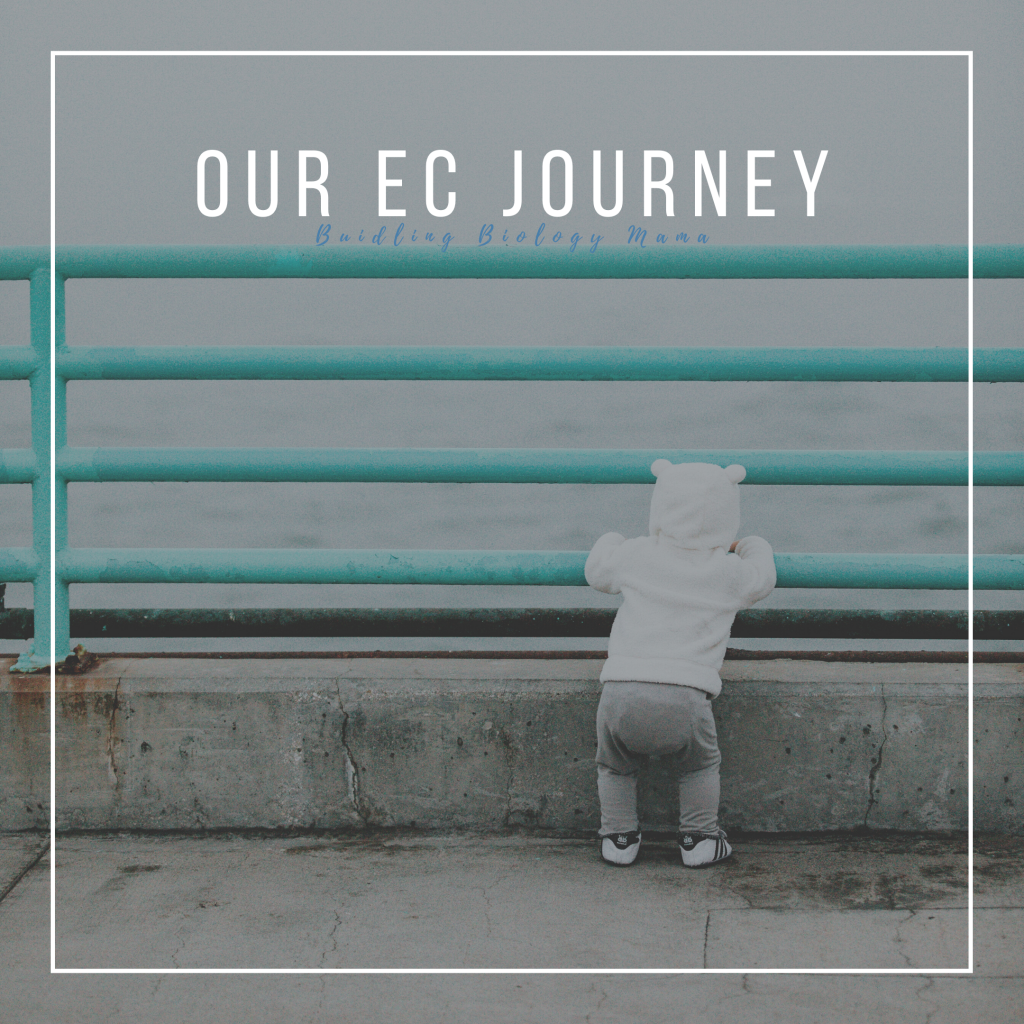Elimination Communication is not yet widely recognised as an acceptable practice in Australia, and as a result, I’ve experienced surprise, scepticism and even disgust from others when I reveal that my babies have used a potty from infancy. It has been, however, a very positive experience for me, and I’d like to share my story with you.
As explored in my previous two posts (environmental benefits and common myths), nappies are so well marketed that Elimination Communication is very much an afterthought for most and that is if they have even heard of it. In fact, nappies are so well marketed that many now hold a belief that babies cannot use a potty until the age of 2. When I had baby number one, that mainstream belief was the only thing I knew.
How It All Began For Me
When I was a new mum, I was enthusiastically exploring natural parenting techniques, when I discovered the notion of pottying an infant. This new concept of Elimination Communication (EC) fascinated me. The more research I did, the more intrigued I got. Due to the many misconceptions surrounding EC and not having a solid support network familiar with EC, I did not feel confident to try it full time by myself. I did however practice it casually with Miss Little as a baby. When I had Master Little, we began practising EC part-time at the age of 3 months and Baby Little, even though I would classify it as part-time EC also, we have been able to step it up a notch. Reflecting back on our experience so far, we are more confident and consistent practicing EC and as a result feel more connected and in tune with Baby Little’s needs.
Sound Cues
According to many Elimination Communication experts, sound cues are fundamental to facilitate EC. (Not surprising with ‘communication’ in its name.) My other half and I make sounds and use specific words to cue our babes that they are eliminating as well as let them know it’s ok to eliminate. For urination we make a “pssss” sound, followed by saying the word “wees” and for stools, we make a short bearing down sound followed by the word “kaka”.
Timings
We used known timings to potty Master Little also, such as upon waking, after breastfeeding/eating, and before leaving the house. In fact, it was the first potty upon waking that really sold my hesitant other half. Pottying Master Little was something my other half began after Master Little woke up in the morning. Master Little quickly learnt to trust he would be pottied at these times and naturally got into the rhythm of emptying his bowels in the morning. I honestly do not remember any pooey nappies beyond the age of a couple of months for him as a result.
With Master Little, even though we were practising EC part-time and pottying him at known timings we always used nappies as a backup. I had a few cloth nappies with Miss Little and I invested in completing my cloth nappy stash at this time also. We used disposables nappies when going out.
As a result, we have been fortunate to be all stocked up nappy-wise for Baby Little. That said, as I mentioned at the beginning, we have really been able to step up our ECing of Baby Little. Most days, upon waking we remove Baby Little’s nappy and only replace during naps and/or in the afternoons if I cannot be fully present.

Out and About
When out of the house we didn’t EC Master Little and with Baby Little we aren’t able to complete the EC process as quickly as if we were at home, so we used/use nappies as a backup. This time around with Baby Little, we also keep a potty in the car and potty Baby Little when possible and still use voice cues during elimination (if known) if we can’t get to the potty.
EC During the Night
With my babes, EC wasn’t done during the night. Master Little was a very heavy night-wetter and Baby Little still drinks a lot at night, so for the sake of convenience (and sleep preservation), my other half and I had both of them in nappies overnight.
Savings
According to the 2019 Great Australian Cloth Nappy Survey the average baby would wear 6-12 nappies a day and because we only use nappies at night and upon leaving the house (restrictions have greatly minimised this), we’re using maybe 3 a day with Baby Little. With this in mind, the savings have the potential to be quite substantial.
Since Elimination Communication isn’t widely recognised as a traditional method for infants, making a conscious decision about Elimination Communication can only come about from word of mouth and research.
This post is by no means exhaustive, but if it on some level resonates with you and you’d like to look into this further, I highly recommend the resources at Go Diaper Free Easy Start FREE Download. Andrea is a psychiatrist and has a comprehensive website, easy to read book Go Diaper Free and private facebook group dedicated to helping you confidently get started with infant potty training.

Please reach out and let us know about your Elimination Communication experience!
Sources
Olsen, A., 2019. Sound association: Why to make noises when your baby goes… and how to do it effectively (online) available: https://godiaperfree.com/sound-association-why-to-make-noises-when-your-baby-goes-and-how-to-do-it–effectively/ (date accessed Sept 2020)
Australian Nappy Association, 2019. 2019 Great Australian cloth nappy survey results (online) available: https://www.australiannappyassociation.org.au/wp-content/uploads/2019/05/2019-Cloth-Nappy-Survey–Results.pdf (date accessed Sept 2020)
